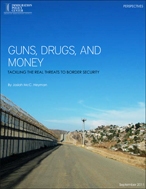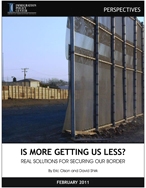 By Katherine Benton-Cohen and Geraldo Cadava
By Katherine Benton-Cohen and Geraldo Cadava
During the spring and summer of 2010, America’s broken immigration system erupted into national news headlines as a result of the passage in Arizona of a sweeping anti-immigrant law (SB 1070), growing concerns over drug-related violence along the U.S.-Mexico border, and calls in some quarters for a repeal of the Fourteenth Amendment’s guarantee of birthright citizenship. While these events might seem new, the issues involved—unauthorized migration, labor disputes, violence, federalism, and constitutional rights—have played out over and over again, particularly along the border. Back to the Border provides analyses by two historians who situate today’s controversies within the context of the broader history of the border region. Understanding that history not only allows us to make sense of the complex issues behind the current rhetoric, but also demonstrates why it is necessary to go beyond the rhetoric and search for lasting solutions.
The following “Perspectives” by historians Katherine Benton-Cohen and Geraldo Cadava compare and contrast conditions and incidents along the Arizona border in 1917, 1976, and 2010. The similarities between the three eras are startling.
Published On: Thu, Sep 02, 2010 | Download File





